Free Japanese Aesthetics Image Generator
Just imagine, and we'll instantly return a variety of personalized Japanese Aesthetics images—designed to bring your creativity to life!
- 4:3
- 3:4
- 1:1

image.state.default


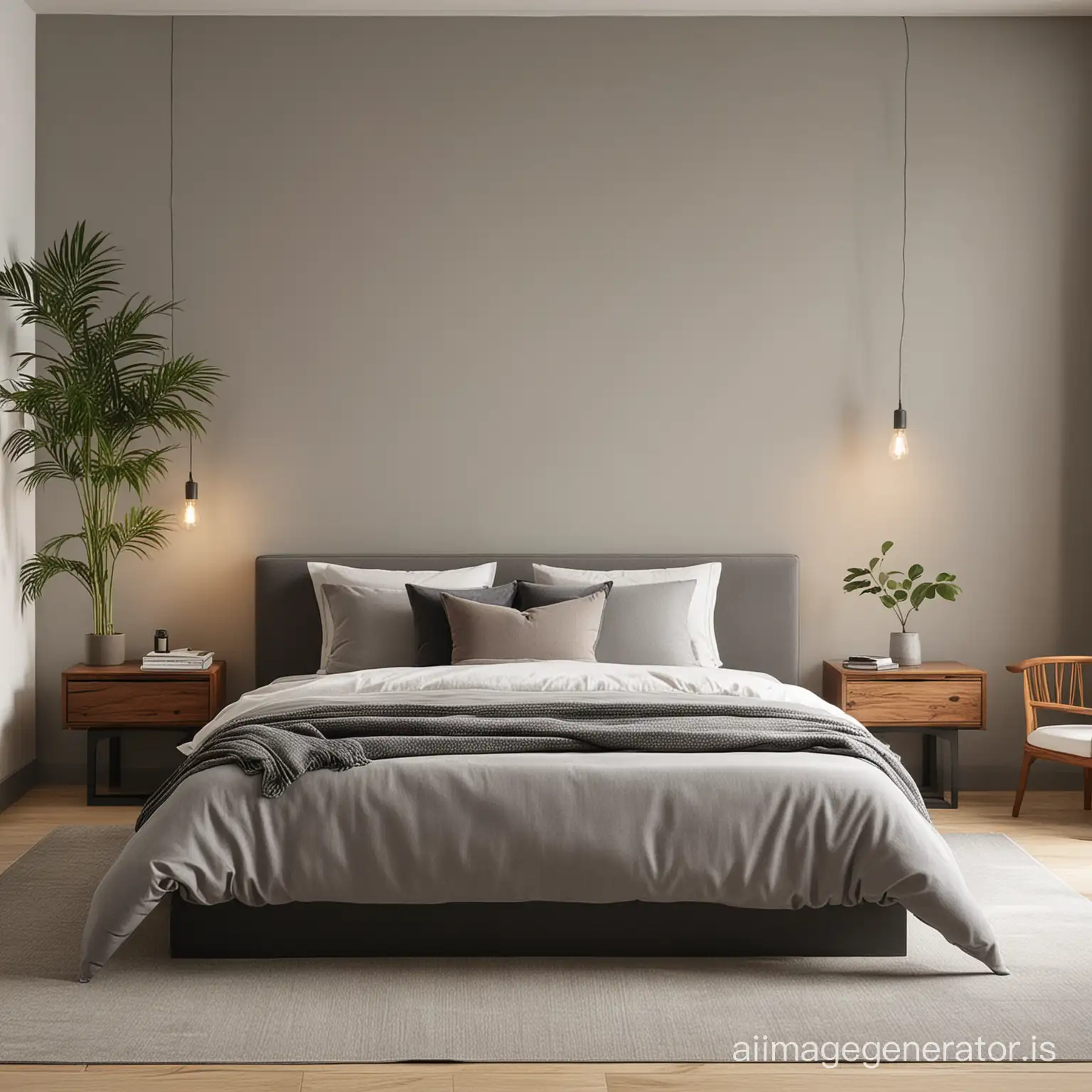
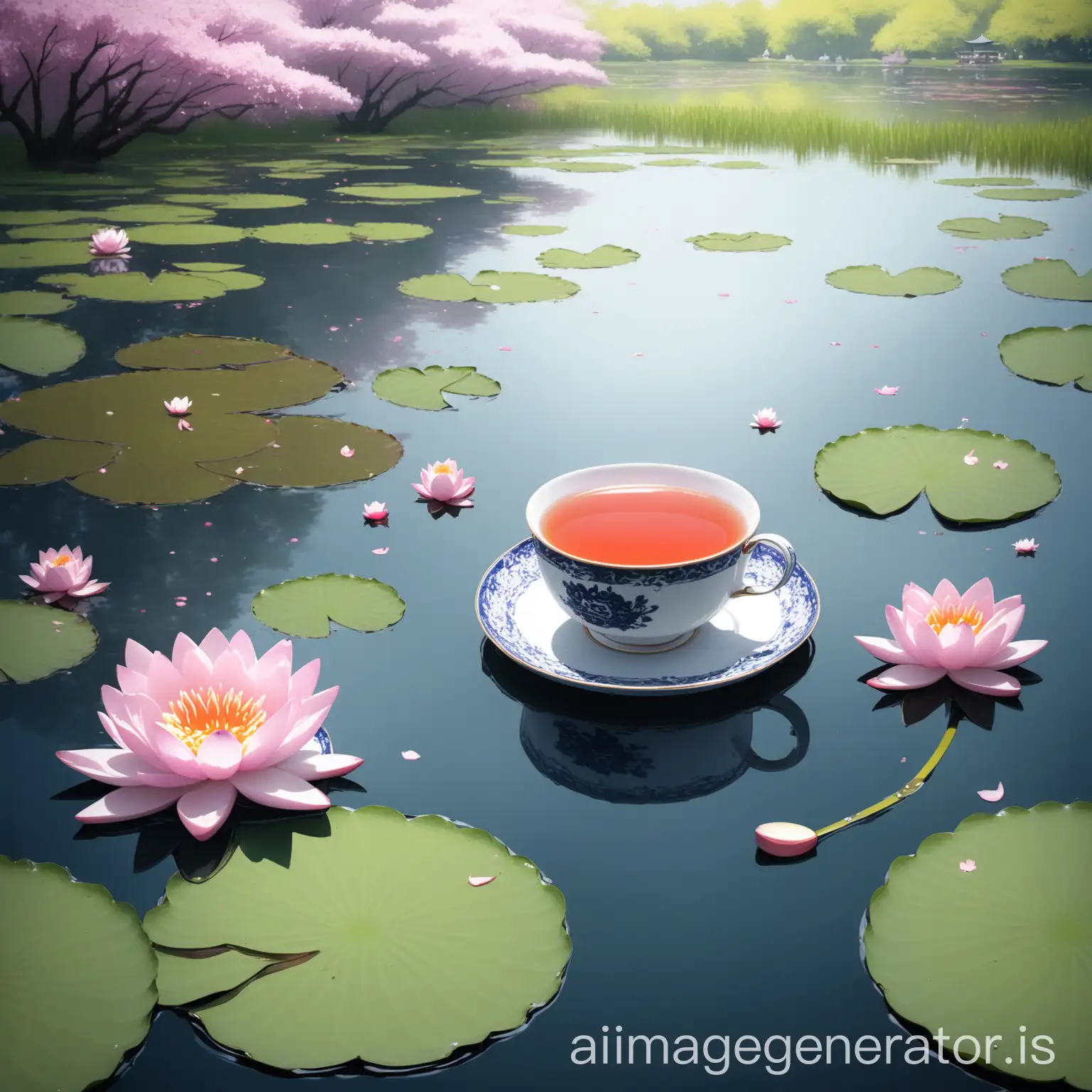
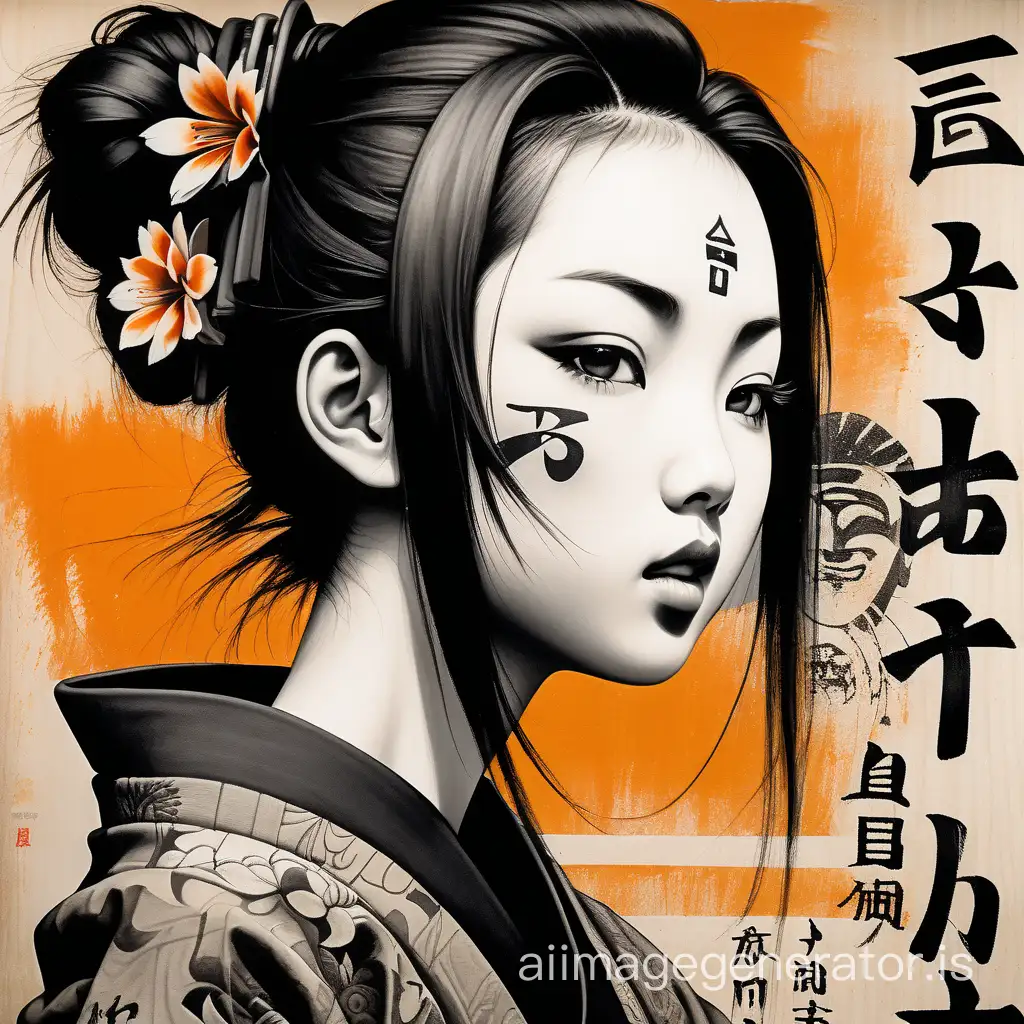

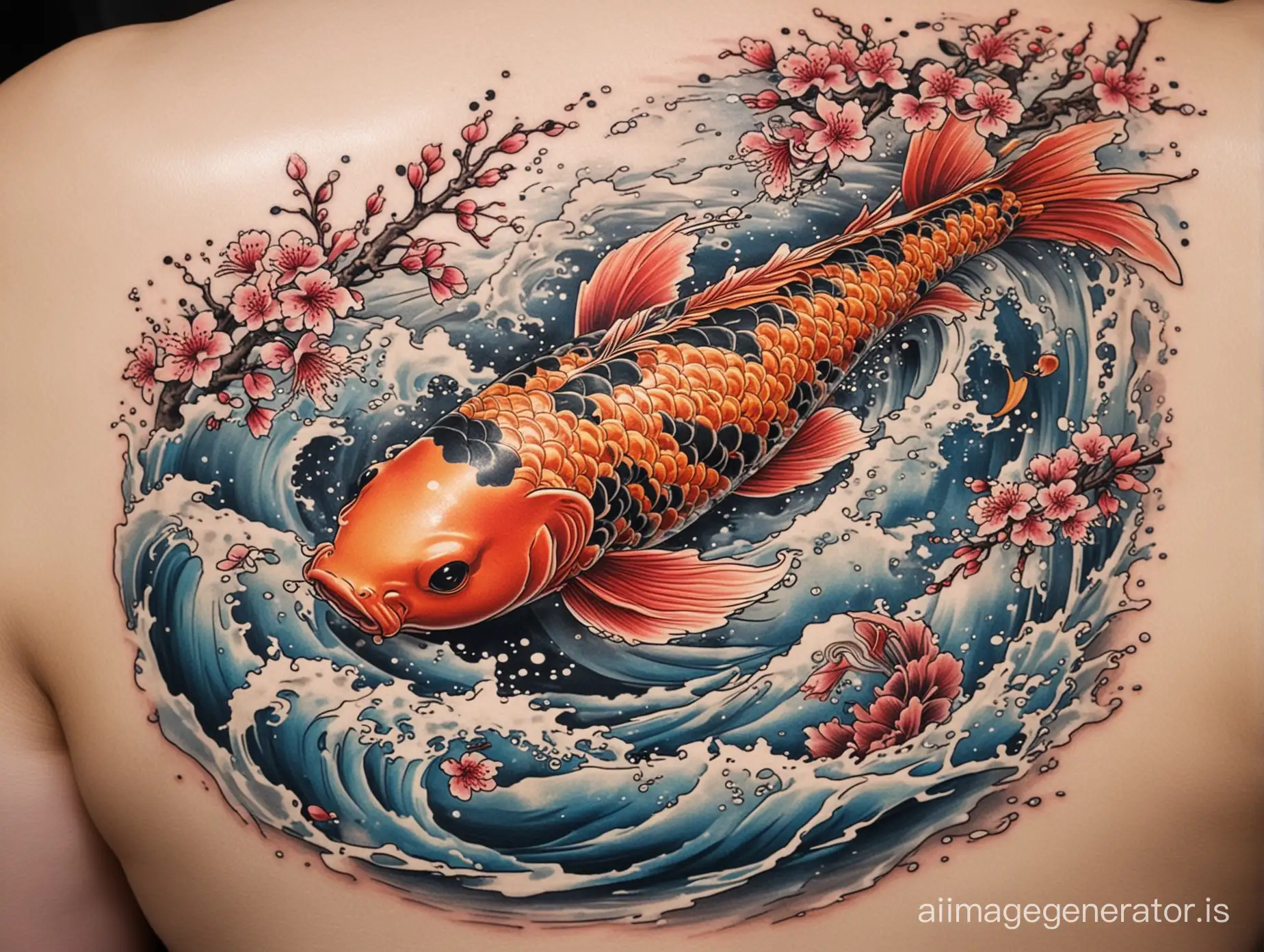
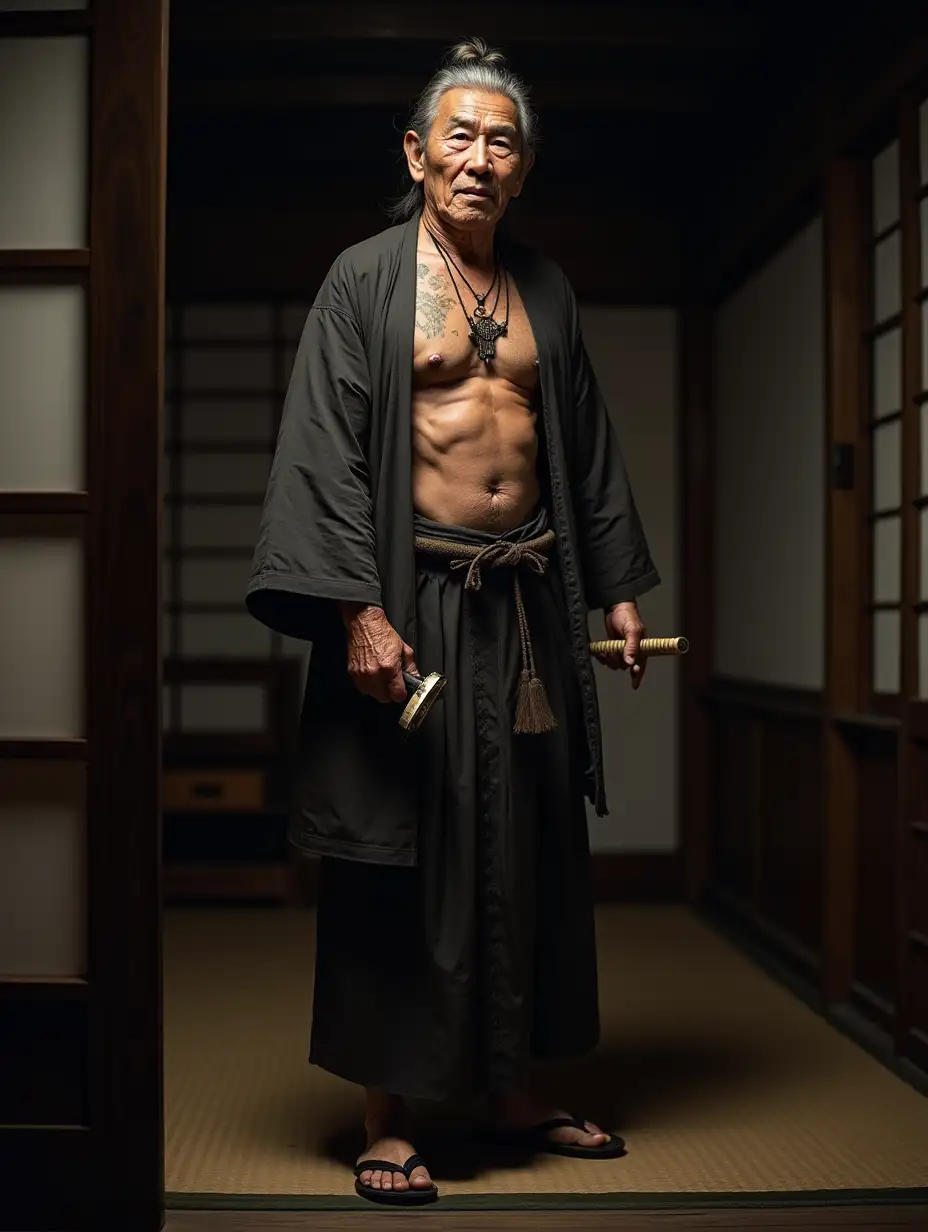
Japanese aesthetics encompasses a broad range of concepts that express the beauty found in simplicity, nature, and imperfection. Rooted in traditional Japanese culture, it emphasizes principles like 'wabi-sabi' (the beauty of imperfection), 'mono no aware' (a deep appreciation for the fleeting nature of life), and 'shibui' (simple, subtle, and unobtrusive beauty). These concepts have influenced various forms of Japanese art, design, and everyday life, creating a unique and harmonious visual language.
The Essence of Japanese Aesthetics: Definition and Background
Key characteristics of Japanese aesthetics include minimalism, natural materials, muted color palettes, and asymmetry. These elements can be seen in traditional arts such as ikebana (flower arranging), bonsai (miniature tree cultivation), and sumi-e (ink painting), as well as in modern design fields like architecture, fashion, and interior design. The focus on simplicity and harmony with nature makes Japanese aesthetics a popular choice for creating serene and balanced environments, both in physical spaces and in visual media.
Exploring the Characteristics and Applications of Japanese Aesthetics
Many renowned artists and designers have drawn inspiration from Japanese aesthetics. Notable figures include architect Tadao Ando, known for his minimalist concrete structures that harmonize with their natural surroundings, and fashion designer Issey Miyake, whose innovative use of traditional Japanese techniques creates modern, elegant clothing. Additionally, contemporary artists like Yayoi Kusama, with her repetitive patterns and themes of infinity, reflect the deep philosophical roots of Japanese aesthetic principles.
Notable Works and Artists Influenced by Japanese Aesthetics
Japanese aesthetics has profoundly influenced modern culture, particularly in the realms of design, art, and lifestyle. The minimalist approach is evident in popular design trends such as 'Japandi' (a fusion of Japanese and Scandinavian styles), which emphasizes clean lines, natural materials, and functional beauty. In popular culture, elements of Japanese aesthetics are visible in the serene landscapes of Studio Ghibli films and the thoughtful, deliberate design of products from brands like Muji. The global appeal of these aesthetic principles continues to shape contemporary tastes and trends.
The Impact of Japanese Aesthetics on Modern Culture